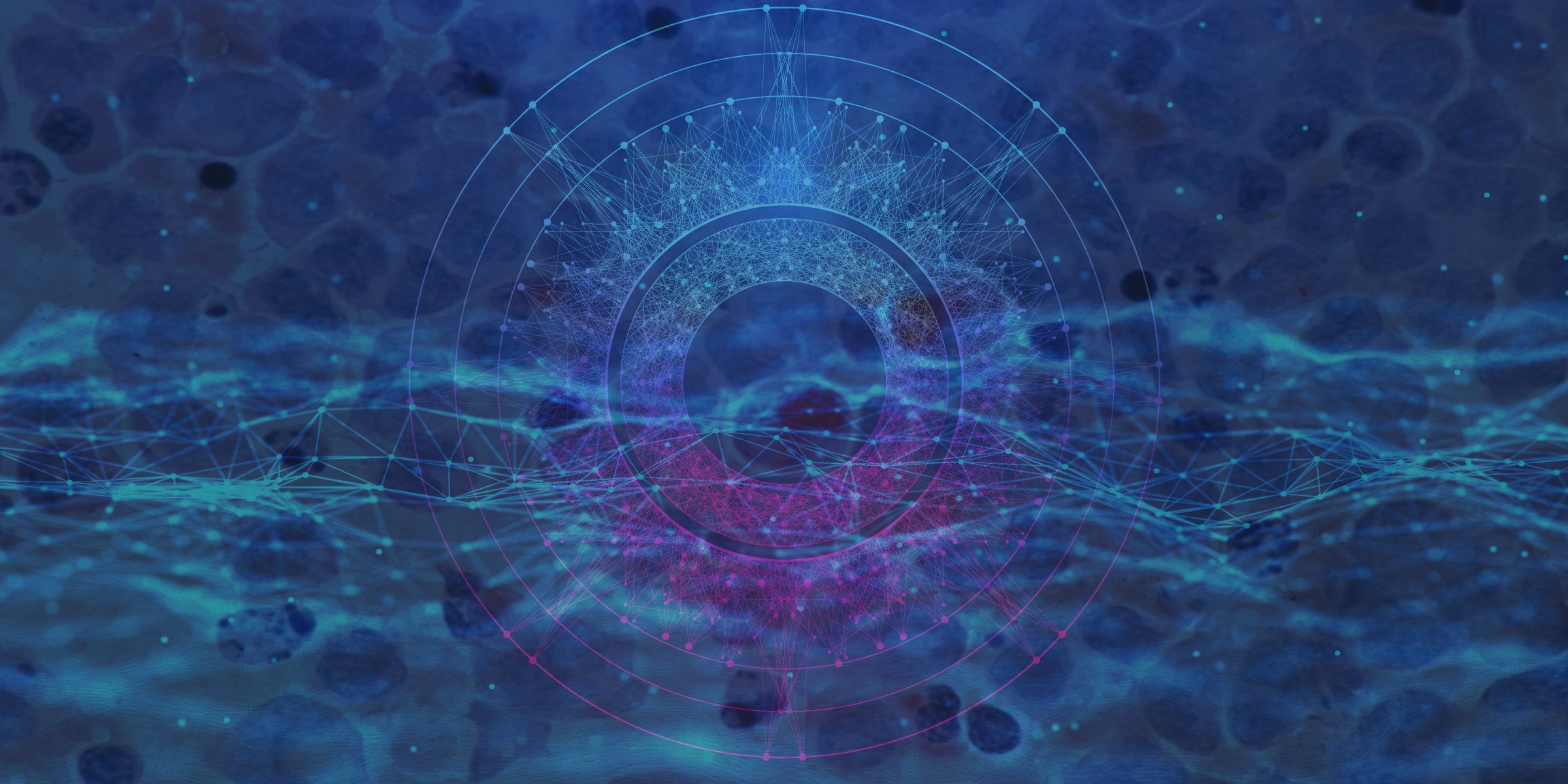
Our
Research

Research at the Rabadan Lab
Our main scientific interests lie in modeling and understanding the dynamics of biological systems through the lens of genomics. We are a very interdisciplinary team of mathematicians, physicists, engineers, biologists, and medical doctors with a common goal of solving pressing medical problems. We are currently focusing our work on:
Cancer. Genomic technologies provide an extraordinary opportunity to identify mutations that contribute to the development of tumors. We are mapping the evolution of cancers and uncovering the mechanisms of response or lack of response to multiple therapies. We work with clinicians and experimentalists all around the world.
Infectious diseases. Evolution is a dynamic process that shapes genomes. Our team at Columbia is developing algorithms to analyze genomic data, with a view to understanding the molecular biology, population genetics, phylogeny, and epidemiology of viruses. We are interested in the emergence of infectious diseases, pandemics and uncovering the mechanisms of adaptation of viruses to humans.
Electronic Health Records. Clinical databases constitute a rich and complex source of raw data. We are using the power of statistics and computers to tease out important clinical patterns in these diverse, important datasets. Combining molecular and clinical data illuminates some of the mechanisms underlying complex diseases.
In particular, we develop mathematical, statistical, and computational approaches, which cover the analysis of high throughput data right through to the altogether more abstract identification of global patterns in evolutionary processes. Learn more about the Rabadan Lab and the three main global questions that we are addressing.
Research Projects
A single-cell atlas of the mouse and human prostate reveals heterogeneity and conservation of epithelial progenitors
Understanding the cellular constituents of the prostate is essential for identifying the cell of origin for prostate adenocarcinoma. Here, we describe a comprehensive single-cell atlas of the adult mouse prostate epithelium, which displays extensive heterogeneity. We observe distal lobe-specific luminal epithelial populations (LumA, LumD, LumL, and LumV), a proximally enriched luminal population (LumP) that is not lobe-specific, and a periurethral population (PrU) that shares both basal and luminal features. Functional analyses suggest that LumP and PrU cells have multipotent progenitor activity in organoid formation and tissue reconstitution assays. Furthermore, we show that mouse distal and proximal luminal cells are most similar to human acinar and ductal populations, that a PrU-like population is conserved between species, and that the mouse lateral prostate is most similar to the human peripheral zone. Our findings elucidate new prostate epithelial progenitors, and help resolve long-standing questions about anatomical relationships between the mouse and human prostate.

